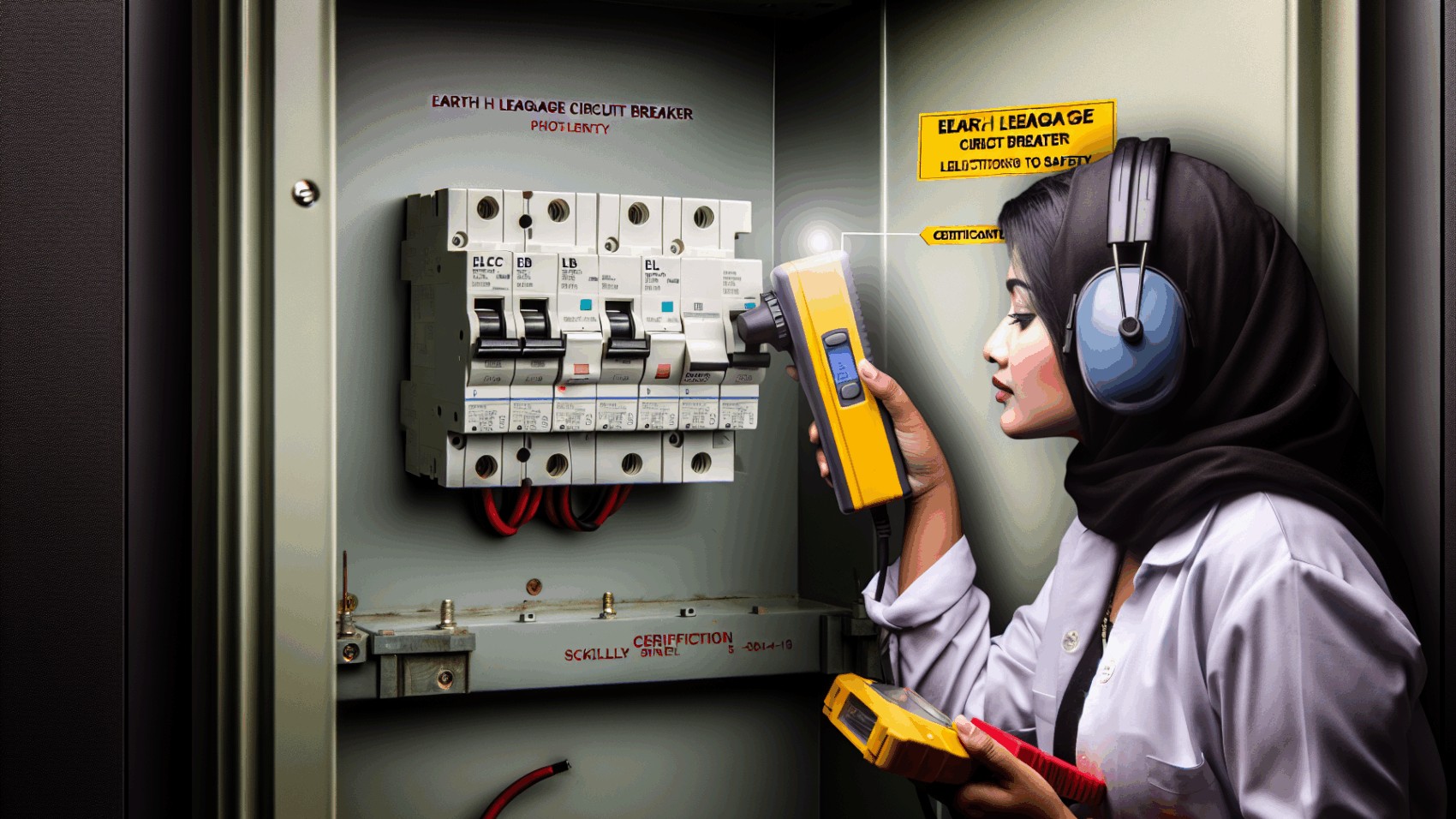When it comes to your safety, the significance of a robust electrical safety routine cannot be understated. Central to this routine is the regular testing of your Earth Leakage Circuit Breaker (ELCB). In this article, we delve into the importance of ELCB testing, offering a comprehensive guide to safeguarding your environment from electrical hazards.
Understanding ELCB and Its Importance in Electrical Safety
An Earth Leakage Circuit Breaker (ELCB) is a specialized device designed to prevent electrical shock and fire hazards by detecting ground faults or leakages in an electrical installation and immediately interrupting the power supply. The inception of ELCB technology traces back to the early 20th century, with significant advancements over the decades transforming its efficiency and reliability. Understanding the operational mechanics of ELCB is crucial for recognizing its importance in electrical safety. There are two main types of ELCBs: voltage-operated and current-sensing devices. Voltage-operated ELCBs detect earth faults by monitoring the voltage on the earth conductor; if this voltage exceeds a set value, the ELCB trips, cutting off the power. Meanwhile, current-sensing ELCBs, also known as Residual Current Devices (RCDs), measure the imbalance in the live and neutral currents. Any discrepancy, indicative of a leakage current to the earth, results in the device tripping.
Regular testing of ELCBs is not merely a regulatory obligation but a critical component of a comprehensive electrical safety protocol. It ensures the device’s sensitivity and functionality in detecting and responding to earth leakages, which could otherwise lead to catastrophic outcomes. Real-world scenarios underscore the life-saving potential of ELCBs, from preventing severe electrical burns to averting fires caused by faulty wiring or appliance malfunctions. Experts recommend conducting ELCB tests at intervals determined by the installation’s environment and usage patterns, emphasizing the need for a regular, systematic approach to testing as part of best safety practices. Engaging with these guidelines enables individuals and organizations to uphold rigorous safety standards, thereby safeguarding lives, property, and peace of mind.
Conclusions
Regular ELCB testing is a fundamental aspect of electrical safety and preventative maintenance. Ensuring that this crucial device is operating effectively can mean the difference between a safe environment and potential disaster. We encourage you to integrate ELCB checks into your safety routines and consult with professionals to keep your standards in check. It’s a small action that can have life-saving consequences.

